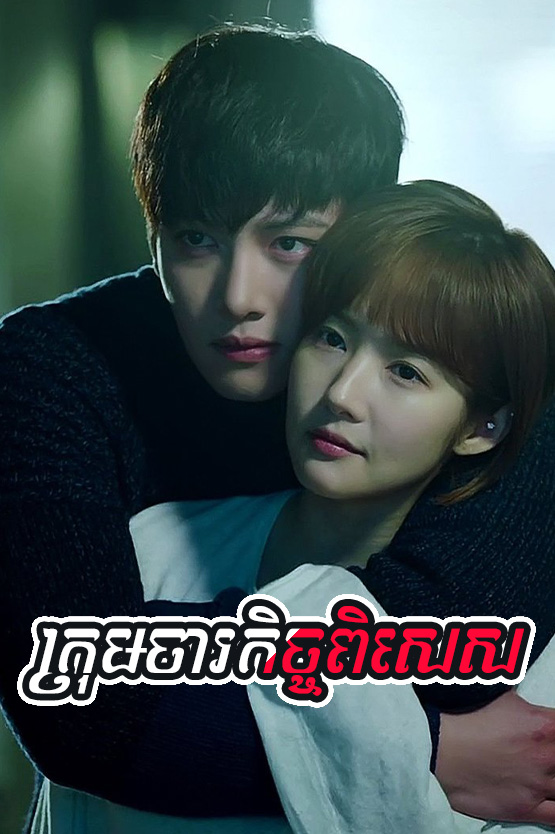
Mday Kroy
Thai dramas have always been known for their ability to balance heartfelt storytelling with complex human emotions, and Stepmother (2025) is no exception. This drama gently invites viewers into the delicate world of blended families, where love, pain, and forgiveness intertwine. With its thoughtful narrative and strong performances, Stepmother becomes more than just a television series—it transforms into a touching exploration of relationships and second chances.
In this article, we will look closely at the themes, storyline, and emotional depth that Stepmother (2025) offers, while also reflecting on why it resonates with audiences who seek heartfelt, human-centered drama.

The Premise of Stepmother (2025)
At its core, Stepmother tells the story of a woman who unexpectedly finds herself stepping into the role of a mother for children who are not her own. The drama highlights the challenges that come with such a role—earning trust, breaking down emotional barriers, and proving that love is not bound only by blood.
The story revolves around a widowed man who remarries, believing that his children need the presence of a maternal figure in their lives. However, the arrival of the new stepmother sparks both resistance and curiosity among the children. They struggle to accept her, clinging to the memory of their biological mother. The series beautifully portrays the emotional tug-of-war between grief, acceptance, and the possibility of moving forward.
The Complexity of the Stepmother’s Role
One of the most compelling aspects of the drama is the nuanced portrayal of the stepmother. She is neither depicted as a villain nor as an unrealistically perfect figure. Instead, she is portrayed as human—flawed, caring, determined, and vulnerable.
The drama slowly unravels the challenges she faces:
-
Winning over the children’s hearts, one small step at a time.
-
Facing societal judgment, as outsiders question her intentions and worthiness.
-
Balancing her own emotions, as she tries to build a life in a home where memories of another woman still linger.
This delicate balance of emotions makes her journey incredibly relatable. Many viewers may see reflections of real-life struggles, whether as stepparents, children in blended families, or individuals navigating the complexities of love and acceptance.
Themes That Resonate
What makes Stepmother (2025) particularly engaging is its universal themes. It does not simply tell the story of a single family—it tells the story of human resilience, compassion, and healing.
-
Love Beyond Blood
The drama emphasizes that love is not limited to biological ties. A stepmother’s love may begin as a choice, but it can grow to be as deep and unconditional as any other. -
Healing After Loss
Each character in the story is, in their own way, grieving. The father mourns his late wife, the children yearn for their mother, and the stepmother struggles with being compared to someone she never knew. Through these layers, the series shows that healing is gradual and possible when people open their hearts. -
Acceptance and Forgiveness
Central to the story is the idea of acceptance—accepting new beginnings, forgiving past mistakes, and learning to embrace change.
The Performances
Casting plays an essential role in making such a sensitive story believable. Stepmother (2025) brings together a talented ensemble of Thai actors who deliver heartfelt performances.
-
The stepmother’s actress captures both tenderness and quiet strength, making viewers root for her journey.
-
The children’s portrayals are equally moving, as their resistance slowly melts into cautious trust. Their performances feel authentic, reflecting the emotions of children who must grow up in the shadow of loss.
-
The father’s role serves as a bridge between the past and future, torn between honoring his late wife’s memory and protecting the woman who now stands by his side.
The on-screen chemistry is understated yet powerful, creating an atmosphere that feels genuine and deeply moving.
The Emotional Journey
Watching Stepmother (2025) is not about rushing to a dramatic climax—it is about walking through the emotional journey of each character. The drama takes its time, allowing moments of silence, reflection, and subtle gestures to speak louder than words.
There are scenes where the stepmother tries to connect with the children through small acts of kindness: preparing their favorite meals, helping with homework, or simply being there when they cry. These quiet moments carry as much weight as the more dramatic confrontations, reminding viewers that love often grows in the everyday details of life.
The series also avoids unnecessary exaggeration. Instead of relying on over-the-top melodrama, it builds its emotional depth through sincerity and patience.
Why It Resonates With Viewers
Blended families are a reality for many people around the world. Stepmother (2025) captures this reality with respect and sensitivity. Viewers who have lived through similar situations may find comfort in seeing their struggles reflected on screen, while others gain new perspectives on what it means to love and accept others.
The calm pacing of the drama makes it especially appealing for those who prefer heartfelt storytelling over fast-moving, high-intensity plots. It invites viewers to slow down and reflect on their own relationships with family, forgiveness, and change.
Cinematic Beauty
In addition to its emotional storytelling, the drama also offers beautiful cinematography. Soft lighting, warm tones, and intimate camera work create a sense of closeness. The family home becomes a central setting, almost like another character in the story—holding memories, secrets, and the potential for new beginnings.
Scenes are often framed to highlight the emotional distance—or closeness—between characters. For example, wide shots emphasize isolation, while gentle close-ups capture unspoken emotions in the actors’ eyes. These visual choices add depth and beauty to the viewing experience.
Final Thoughts
Stepmother (2025) is a Thai drama that speaks quietly but powerfully. It does not rely on spectacle or excessive drama to move its audience. Instead, it offers a heartfelt exploration of family, love, and the courage it takes to embrace change.
For those seeking a series that is both emotional and uplifting, Stepmother provides a meaningful viewing experience. It reminds us that family is not only about where we come from—it is about the bonds we choose to build, the love we nurture, and the forgiveness we extend.
In a world often filled with noise and rush, Stepmother (2025) feels like a gentle pause. It allows us to reflect on what truly matters: love, acceptance, and the quiet strength of the human heart.













